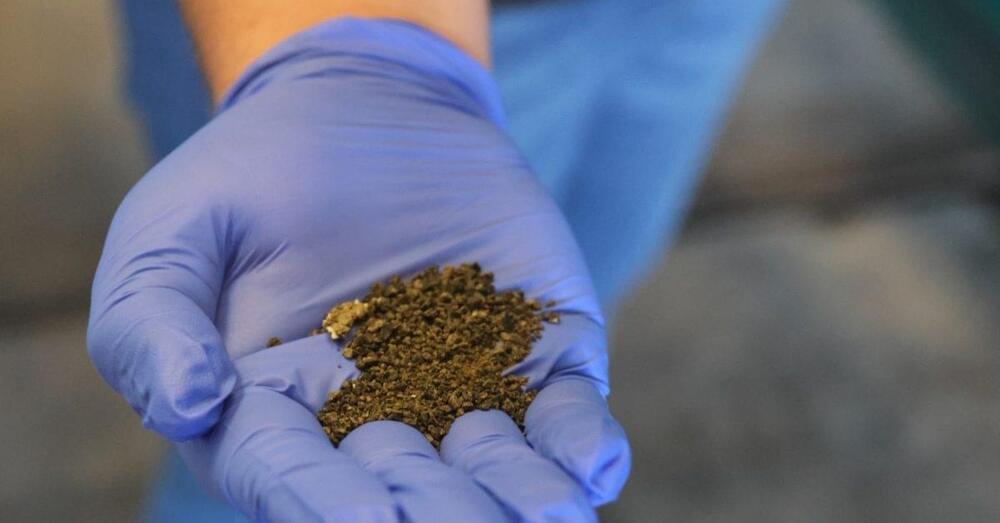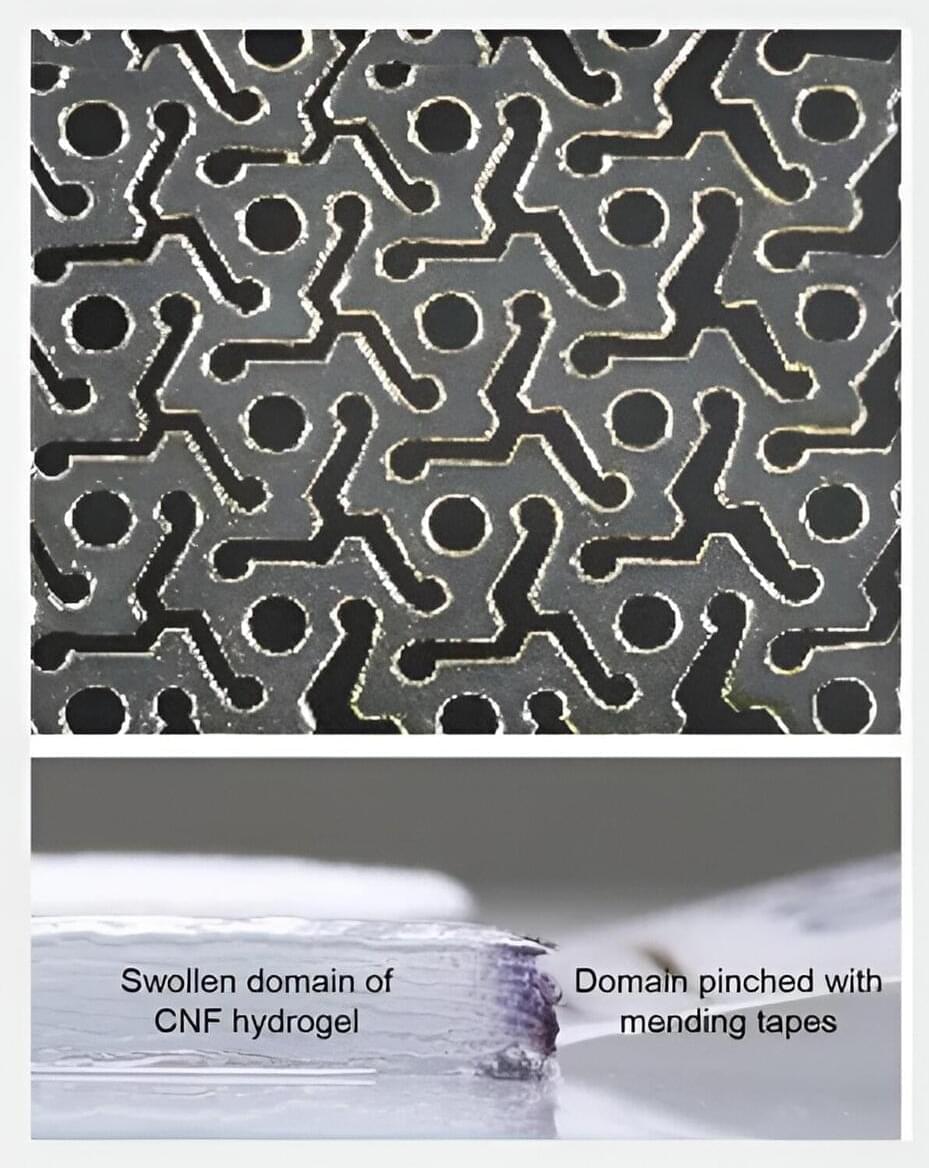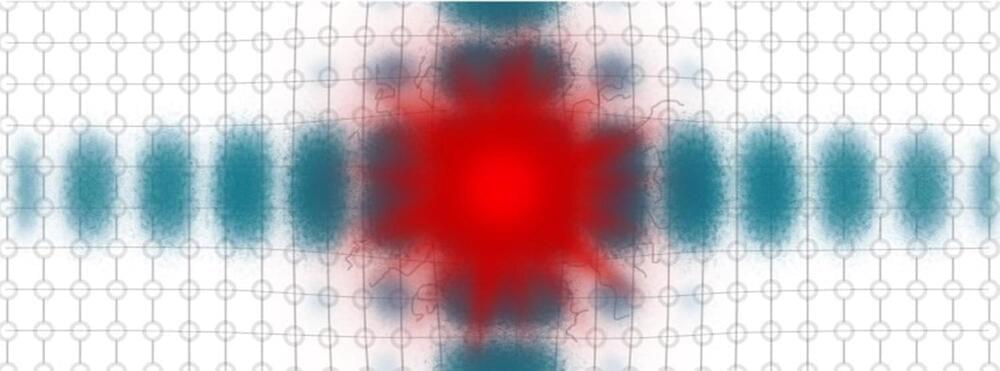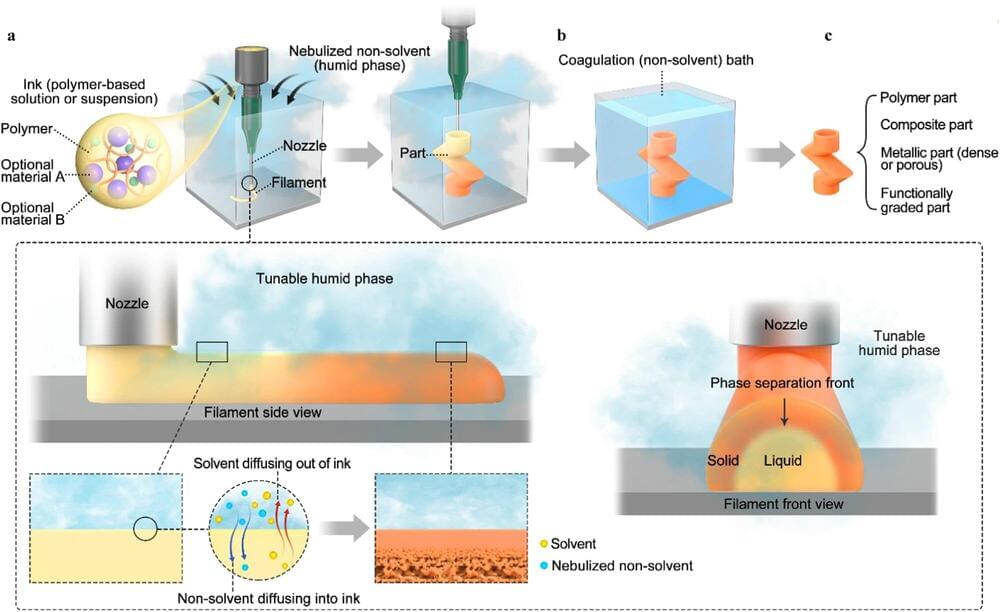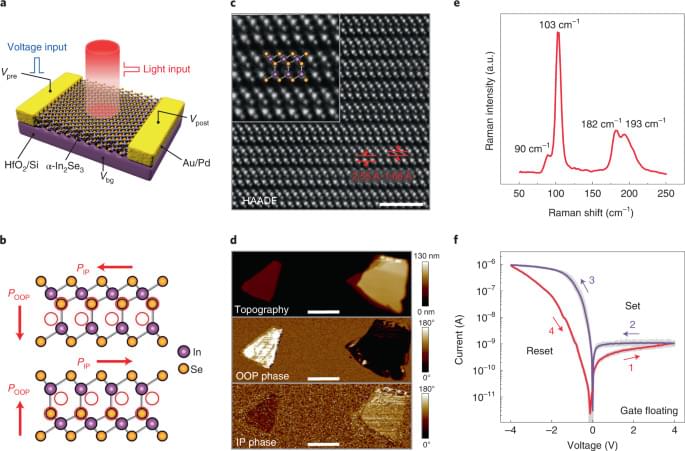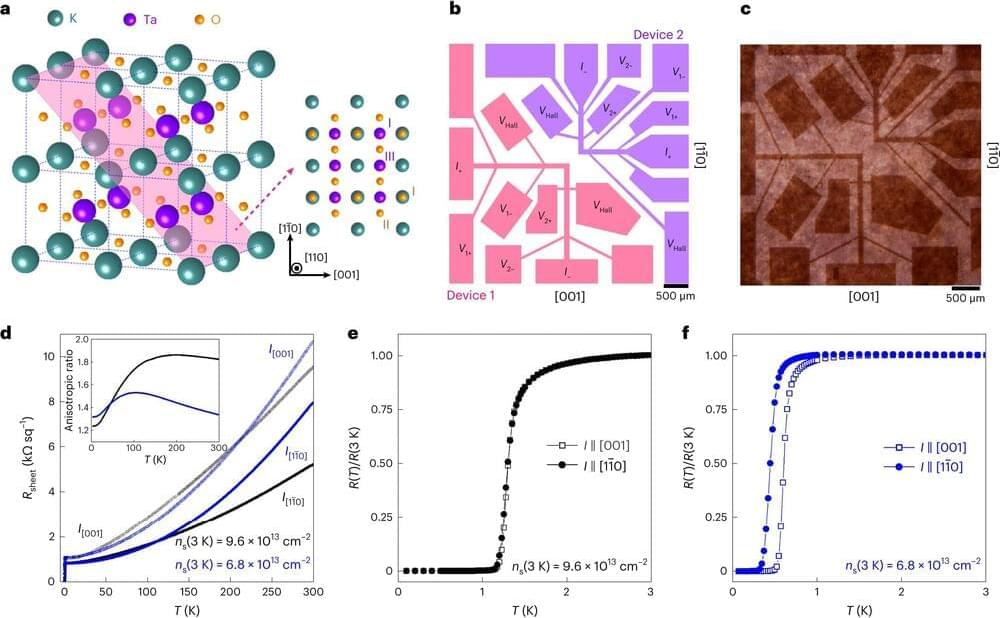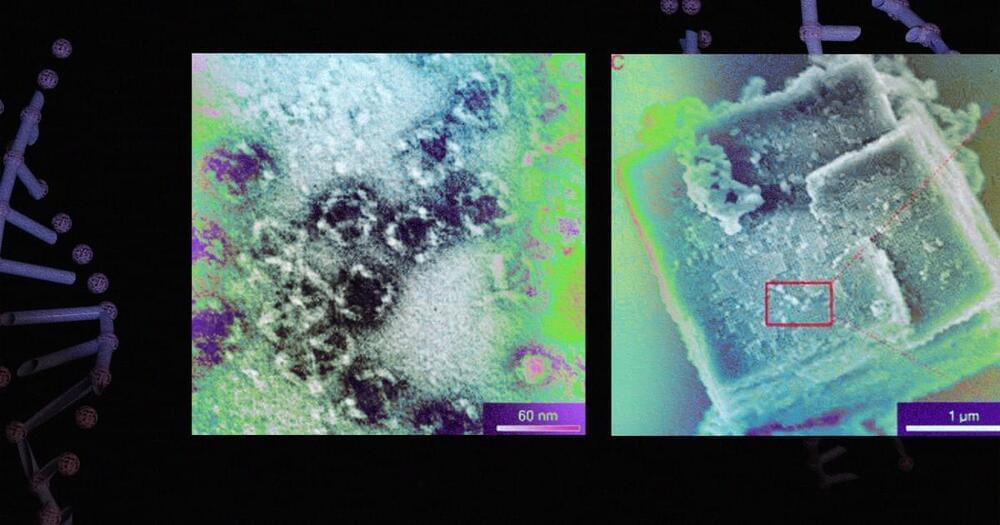Green Li-ion has launched a commercial-scale plant to process unsorted battery waste, or “black mass,” from used lithium-ion batteries.
Within an existing recycling facility in Atoka, Oklahoma, the plant will produce sustainable, battery-grade cathode precursor, lithium, and anode materials – closing the EV recycling loop with the production done all in one plant.
The current recycling process for spent lithium-ion batteries in North America includes sorting batteries before shredding, which are then processed into black mass and further into sulfates. The material is then exported overseas, most often to China and South Korea, for further processing.
